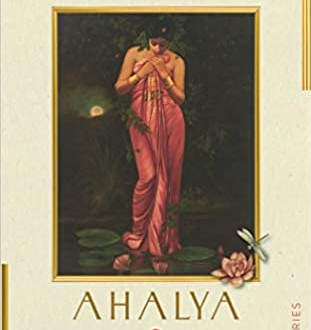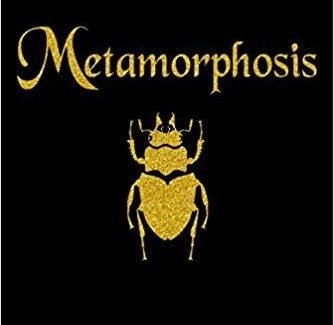
Ahalya by Koral Dasgupta is a compelling and thought-provoking novel that retells one of the most famous myths from Indian mythology, the story of Ahalya. The author takes us on a journey through the life of Ahalya, the wife of the sage Gautama, who is seduced by the god Indra and cursed to turn into a stone.
Dasgupta’s version of the myth goes beyond a basic retelling of the story. Instead, it delves into various intricate themes such as power struggle, redemption, desire, and betrayal. The author’s portrayal of Ahalya brings to light the intricate nature of human relationships and the consequences of our actions on those we interact with.
The book is composed in a poetic and melodious manner that contributes to its overall charm and profundity. The characters are meticulously crafted, and are extensively examined, resulting in a sense of authenticity. Additionally, the author use symbolism for building the narrative with numerous connotations, amplifying the reader’s engagement with the tale. I enjoyed Dasgupta’s use of water as a motif.
Ahalya’s most captivating element is its rejection of established gender roles and conventions. The book depicts Ahalya as a powerful and self-reliant woman who refuses to submit to patriarchal standards and asserts her own autonomy. Rather than simply being a victim of circumstance or a passive participant in her own life, she is shown to have agency and a strong will, even as she is constrained by societal expectations and the patriarchy. By presenting this character, the author prompts crucial queries about women’s place in society and the necessity of empowering them.
Ahalya is a thought-provoking and exquisitely written book that provides a novel and insightful outlook on a mythical tale. The author’s skilful writing and nuanced examination of intricate topics make it a required read for anyone with an interest in Indian literature, gender studies, and mythology.

After reading Koral Dasgupta’s Ahalya, I watched the short film directed by Sujoy Gosh. (Click here to watch). The way Sujoy Gosh turns the table and plays with the idea of gender roles is intriguing. He questions the curse on Ahalya by turning Indra and other men into stone dolls. Perhaps this is why we can call adaptations as creative interpretations.


Leave a Reply